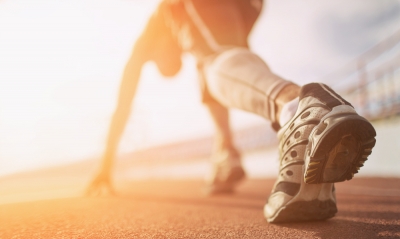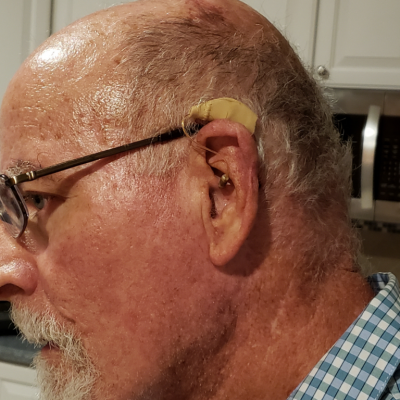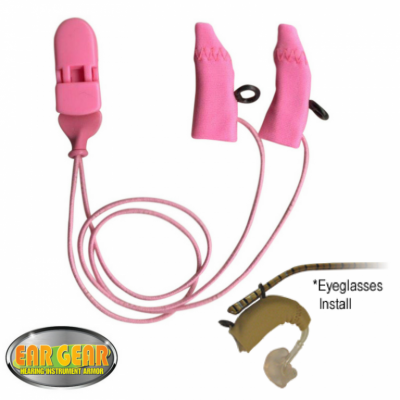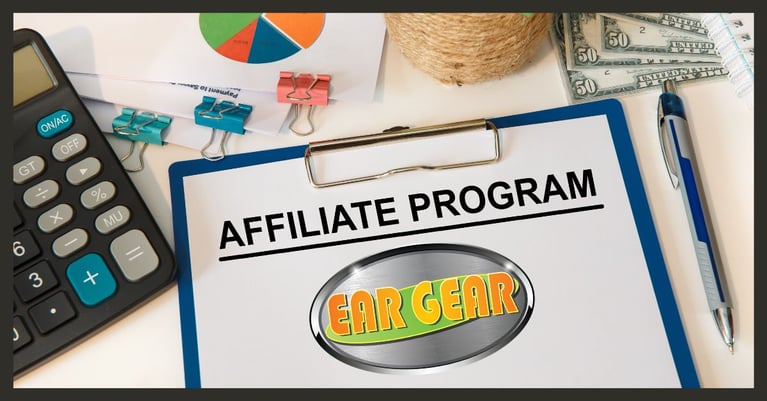Every athlete faces their own difficulties to overcome if they are going to be the best in their chosen sport. For those who are deaf or hard of hearing, these difficulties often increase, from losing a split second at the start of a race through not hearing the starting gun to not catching the football coach's full instructions. However, as Curtis Pride (former MLB outfielder and current coach of Gallaudet University’s baseball team), Marcus Titus (swimmer on the US National Team), and Derrick Coleman (NFL fullback for the Seattle Seahawks) have proven, these are hurdles that can be overcome with a little knowledge and support.

The Major Challenges
The challenges faced by deaf and hard of hearing athletes differ depending on the sport that they take part in. Among the most common, however, is good communication. Knowing when a race has started, when the ball is being passed, and how the crowd is reacting are essential to an athlete. When the team support is in place, the answers to many of these issues come easily enough. Lights can be used in addition to the starting gun, while hand signals, flags, and other gestures can be used in the field to indicate the next play, move, or a potential risk to the athlete. To put this in context, it was a deaf Major League baseball player William “Dummy” Hoy, who is credited with creating the signs that are still used by baseball umpires today.
Protection from Moisture
Protecting your hearing instruments from moisture is, according to ASHA, essential to them functioning properly and increasing their longevity. Hearing instrument drying containers are a great way to stop moisture build up while they are being stored. (ASHA also states that it is important to take any batteries out before storing.) Moisture in the form of sweat is one of the key problems for athletes when it comes to hearing aids. The best way to protect your hearing aids while on the go is to use hearing aid accessories that protect the device. For example, special sleeves that fit over the aid, like the spandex nylon sleeves from Ear Gear, that wick the sweat and moisture away from the hearing device. You may even be able to get them in your team colors. Another idea is to invest in a portable dehumidifier that can be used to remove excess sweat immediately after activity, or during rest periods.
Coping with Wind Noise
Additional noise can cause disruption and loss of concentration during any activity, and wind noise during sports is no different. As well as affecting concentration, the sound of the wind in a hearing aid can distort other sounds, making it harder to hear instructions. A protective sleeve is one of the best ways of minimizing the effects of wind noise during sports. Ear Gear’s sleeves are acoustically transparent and have the added advantage of making the hearing instrument more comfortable to wear during sporting activities, and helping to protect it from dirt, dust, and moisture.
Eradicating Irritation
Irritation from wearing a hearing instrument can happen for any number of reasons; from an ill-fitting aid that rubs when you move, to dirt and other particles becoming trapped between the instrument and your skin. Ensuring that the aid is properly stored when not being worn is key to keeping it clean and avoiding irritation. It is also a good idea to make sure that your skin is completely dry before reattaching your hearing instrument. Regular checks of the aid helps to keep it in good condition, particularly after taking part in a physical activity where damage may have occurred. Regular checks are also recognized by ASHA as essential, and any potential problems with your hearing aid should be dealt with quickly to avoid them getting worse; if you are ever in doubt, speak to your audiologist.
Dealing with Impact and Potential Loss
If you play a sport where contact and impact are likely, you have a tough choice between playing without your hearing instrument or risking its loss or damage by taking part with it in. However, the right hearing aid supplies can eliminate this toss up. By investing in a protective sleeve that fits over the external elements of the instrument, and further optimizing it with a security clip and cord, you can reduce the risk of damage and of the aid falling out during practice, games, or competitions. The hearing aid protectors from Ear Gear fit a variety of hearing instruments and you can add features that enhance protection for your particular sport. Cords and clips add security during sports like football, rugby, hockey, and lacrosse, preventing hearing instrument loss if it falls out during play. If your glasses are essential for your outfield position in baseball, invest in Ear Gear with O-rings. Ear Gear has a wide array of sleeves and options that work for a multitude of sporting situations.
Having a hearing instrument does not have to stop you from participating in sport and becoming the best athlete you can be. A thorough daily check and cleaning routine for the instrument, the ear, and the surrounding skin can make wearing a hearing aid comfortable and practical during a host of sporting and physical activities. For those who cannot wear their aid during activities, the focus still needs to remain on a proper cleaning, drying, and storage routine. Where this is combined with practical team support and the right protective equipment from a company who understands your needs, the road is open to reaching the pinnacle of your chosen sport.





